Today, we are aware of the danger represented by bacteria. We know what disease is caused by which little monster and we are permanently advised of how to protect ourselves and our family of the intruders. We also know that food is one of the most efficient weapons that bacteria use to get us sick. This war is so dangerous because we are unable to see our ‘enemy’. We cannot but follow instructions and hope for the best. Here is a list of the most dangerous foods out there and some advice of how to reduce the risks,as ranked by Yahoo health.
1. Chicken
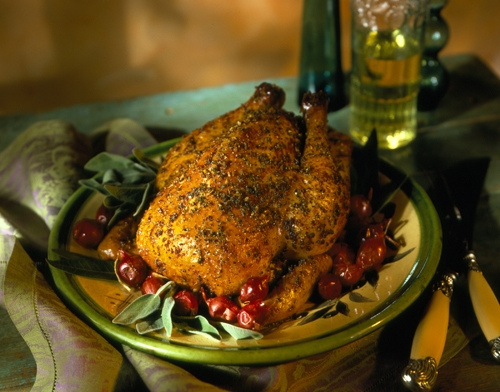
Chicken ranks first in the list of dangerous foods. According to the Consumer’s Union, 42 percent from a number of 484 broiler chickens tested proved contaminated with Campylobacter jejuni, and 12 percent with Salmonella enterides. Chicken also ranks first because it is the most consumed aliment in the world. As it is so dangerous, we cannot but feel glad that the number of sicknesses provoked by these germs is yet small enough. One way of staying healthy and still eating your favorite meat is paying more attention to the hygienic measures while preparing it: wash all the surfaces touched by the raw chicken with a bleach solution and do not put it into the sink, but directly into the baking dish.
2. Oysters
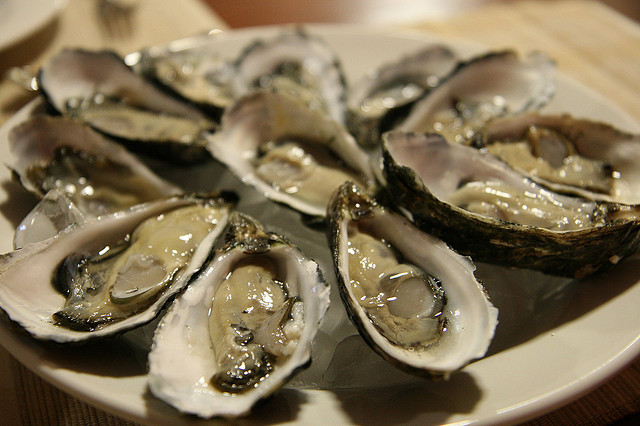
Apparently, oysters contain norovirus, which is usually found on ocean cruises, as well as Campylobacter, and Vibrio vulnificus. Also, some of the controlled samples were sheltering Salmonella and E.Coli. However, you should not stop yourself from eating sea food which is good for you. It is enough for you to obey the following rules: Cook your oysters properly, and if you can’t help yourself from slurping, than do it only if you bought Blue Point, Chincoteague, Glidden Point, Narragansett Bay, Pemaquid, and Wellfleet oysters in the winter months. During summer, Coromandel oysters from New Zealand are the best. These brands are supposedly cleaner than the rest, especially if you respect the seasons rule.
3. Eggs
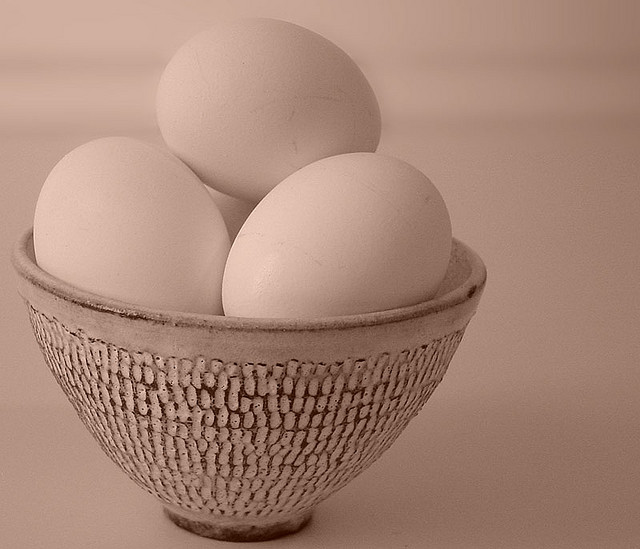
The ordinary eggs, the aliment no fridge is ever missing, cause 660.000 cases of Samonella intoxication every year, of which, sadly, 300 will be deadly. A wise advice is that of looking for pasteurized eggs, with no cracks which would allow bugs to penetrate even after pasteurization. Moreover, insure that your eggs are not old by checking the expiration date. Furthermore, store the eggs in their own carton and place them in the coolest part of your fridge. Make sure you wash your hands after preparing them and that you cook them properly.
4. Ground Beef
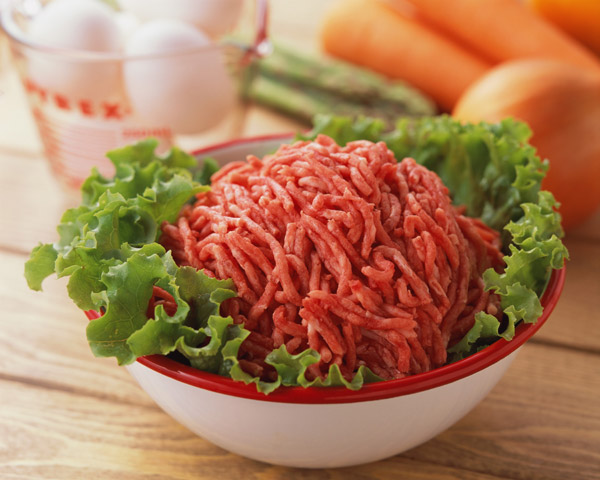
An USDA report shows that from a number of 563 sources looked upon, 53 percent of the lots were infected with Clostridium, 30 percent with Staphylococcus while Listeria monocytogenes was discovered in12 percent of the samples. One can easily avoid getting sick by respecting the following instructions: firstly, look for the irradiated beef. Its bugs free and the radiation level is much smaller than the amount which is usually found in foods. Secondly, using oregano helps wipping out E-coli which doesn’t seem to be fond of this spice. Thirdly and most important, let your cooking machine reach at least 160 F, so that the microbes die.
5. Ground Turkey
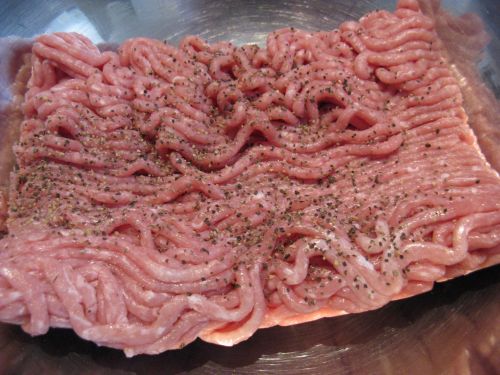
All the bacteria mentioned above, plus resistant to antibiotics salmonella was discovered in ground turkey. Hence, when shopping for this meat, look for the organic turkey, which , supposedly, was not fed antibiotics; this way, it is more likely that you won’t find resistant salmonella. Moreover, be careful to separate meat from other groceries, so that the microbes won’t spread and clean all surfaces touched by row meat. If you further cook properly your burger, than you should be safe.
6. Peaches
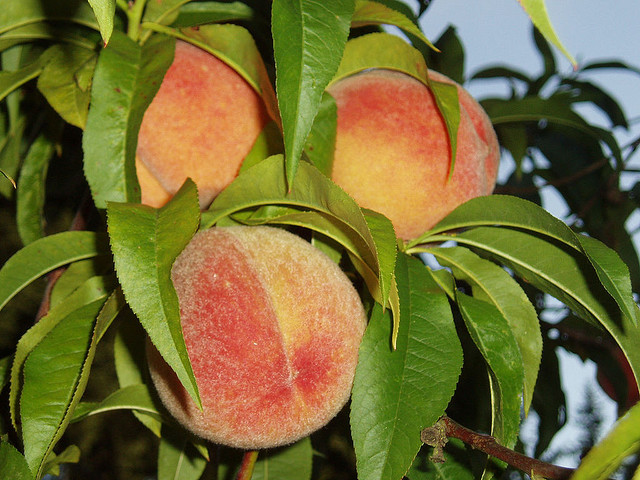
Peaches are sprayed with pesticides so that their skin remains free from all imperfections. What’s even worse is that the amount, as well as the level of toxicity of the pesticides used for peaches is the highest recorded by the Consumers Union. What you can do is go for the organic peaches, for they contain a very small amount of these poisons. Then, you may want to wash and scrub your fruits, even with a little very mild dishwashing liquid. If you have children, the best you could do is pare their fruits (after having washed them first!).
7. Lettuce
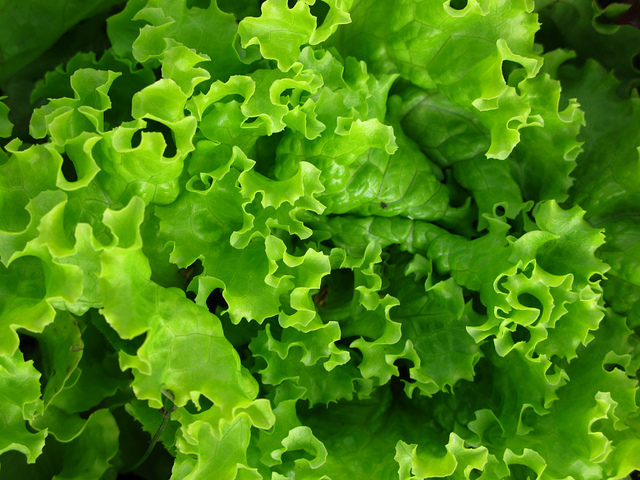
Apparently, salad was responsible of 28 percent of all food poisoning cases from 1990 to 2002, while lettuce signed up for 11 percent. What’s most important for you to know is that being wrapped in a clear sheet does not make salad bugs-free. So what you should do is wash it carefully, one leaf after another and be careful not touch row meat or ex. Do not forget that such objects as plates or towels become contaminated as well, so don’t put your lettuce on a plate you just used to slice meat!
8. Cold Cuts
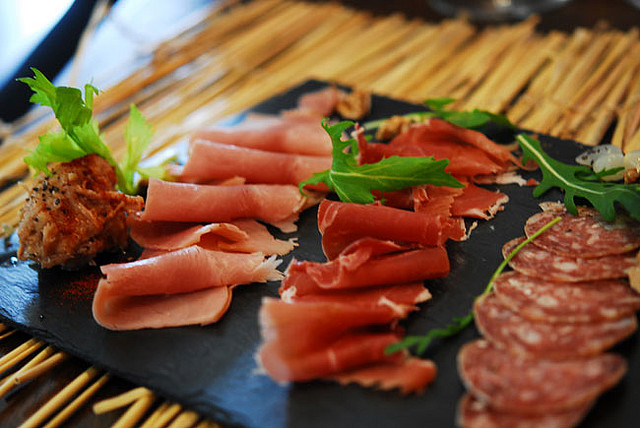
Cold cuts are listed as bad foods anyway, but if you add the danger of food poisoning to their ‘qualities’, you may wonder: do theydeserve the risk? If the answer is affirmative, then you should consider the following: when buying for cold cuts, be careful that the deli slicer is clean . Actually, the deli quickly is your best option, as the rotating meats inside have less chances of becoming infested with Listeria, the worse and the most frequent microbes that populate cold cuts .Don’t keep them for more than a week and use mustard when eaing your sandwich, as it was proved that mustard is a real bacteria killer.
9. Scallions

Scallions are important sources for hepatitis A outbreaks, which have already occurred in many places in the USA, and most certainly, in many other places on Earth. It’s important to realize that washing scallions as much as you can, won’t get you rid of all the bugs. The best you can do is buying the refrigerated scallions only, as the ones kept at room temperature are the most risky for your health.
10. Cantaloupe
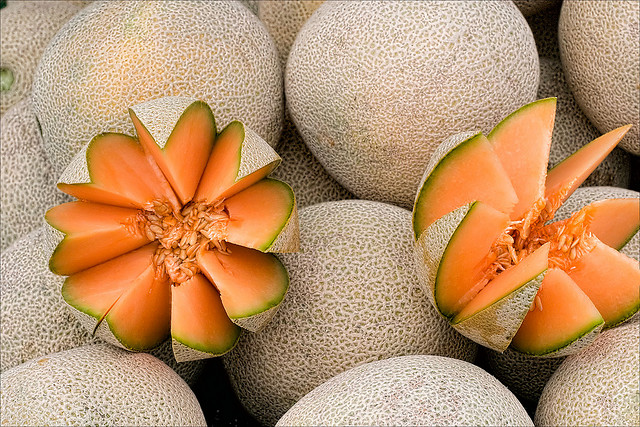
FDA discovered that both domestic and imported cantaloupe was infested with Salmonella and Shingella, the latter being usually transmitted by human to human contact. What is actually dangerous about it is that we are eating it raw, so the bugs have no problem reaching their target, our body. What could help you protecting your health and that of your family is scrubbing the fruit with a little bit of dishwashing liquid. Make sure you keep a scrub for the sole purpose of cleaning fruits and vegetables, so that the bug does not ‘migrate’.
No comments:
Post a Comment